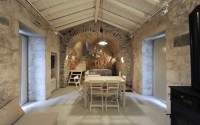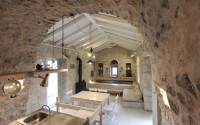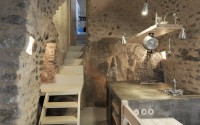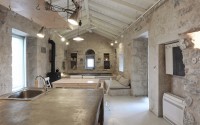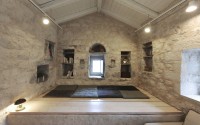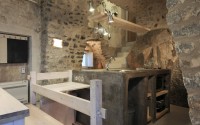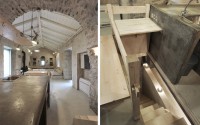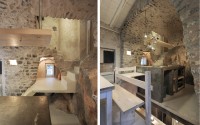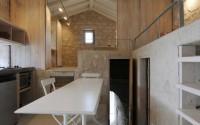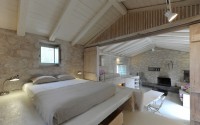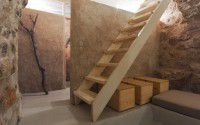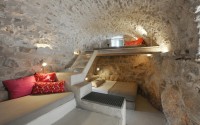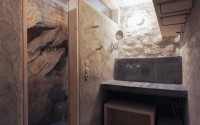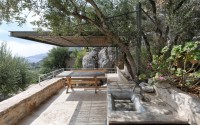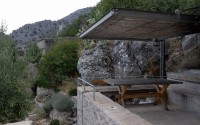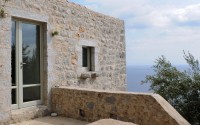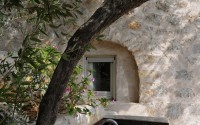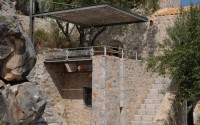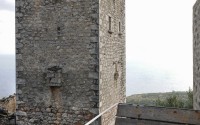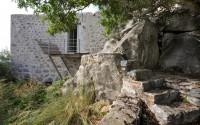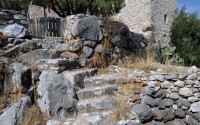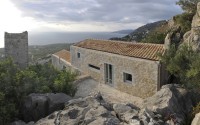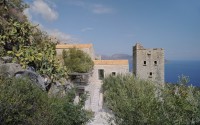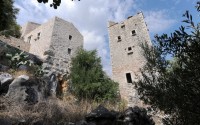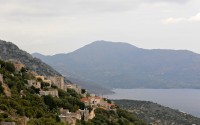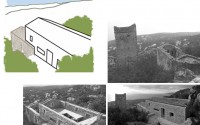Maina by Z-level Architecture
Redesigned in 2011 by Z-level Architecture, this traditional mediterranean tower-house is situated in Mani, Greece.


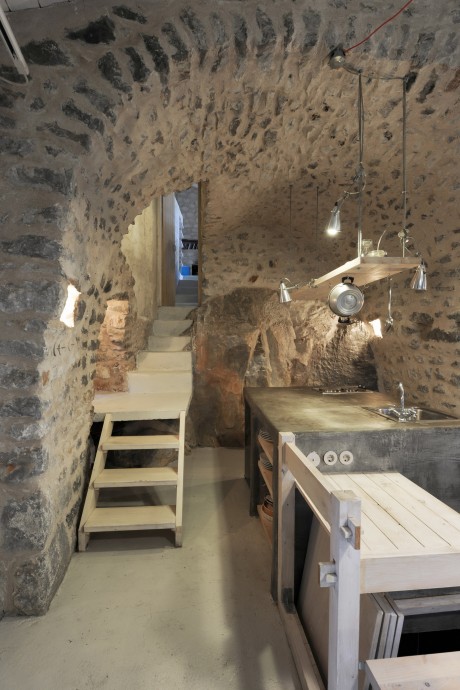
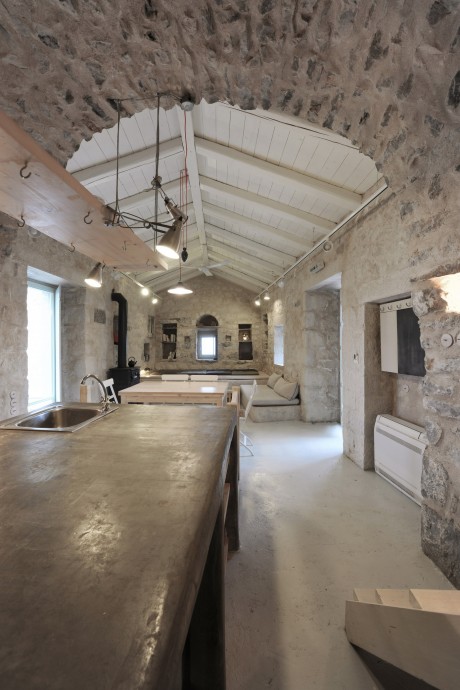
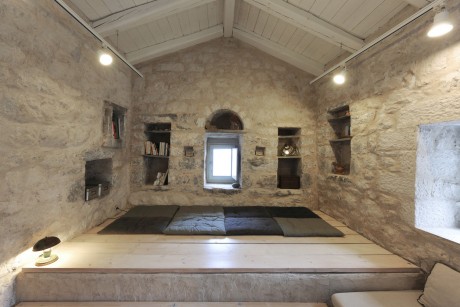

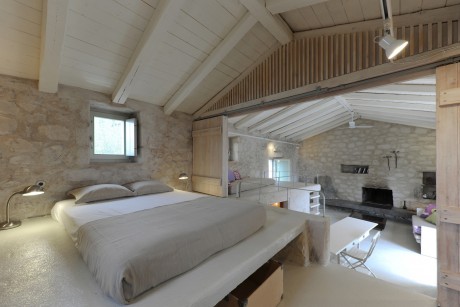
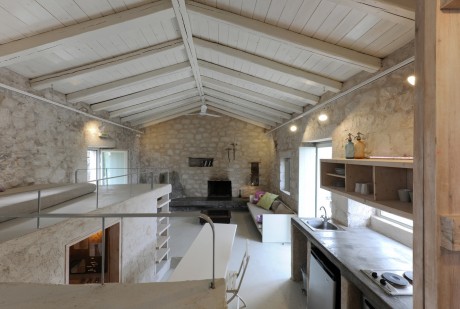

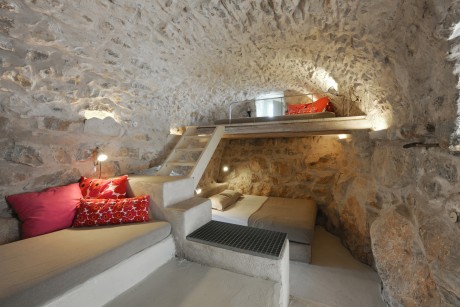

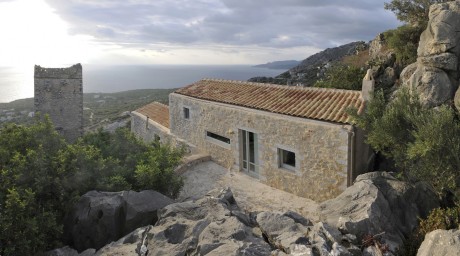
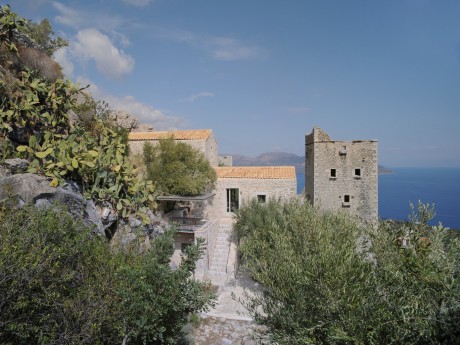
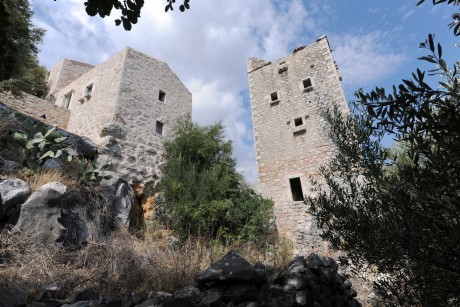
Description by Z-level Architecture
Location
The region of Greece in the southern Peloponnese known as ‘Mani’ is a special place. It’s turbulent history, rugged natural beauty and distinctive architecture provide visitors with an unforgettable experience.
It is a rare and most valuable asset of Greece that is now beginning to be embraced by all, including many people from outside Greece, who wish to settle in the area or to spend their summers there.
The tower-house is located at Exo Nyfi, an abandoned traditional settlement in Eastern Mani with stone towers. In this village John Kassavetis shooted his film “The tempest”. Positioned on the hill the house looks out over the Mani landscape with views of olive groves and the sea.
Initially an abandoned megalithic two-storey building dating from the 18th century, cut off from the road with access only over a stone-paved path; the ruin was located in a garden with olive trees, carob trees and prickly pear cacti, nestled in the embrace of the hillside with a cave. To the east, the yard abutted a 16th century tower, which is a historical monument, and alongside there was a Byzantine chapel with 12th century wall paintings.
Goals
The intention of the design was for a spare renovation of the tower-house and its conversion into a holiday villa that exuded a primordial spirit of place. The residence was designed to function as a starting point and a place to familiarise oneself with the natural beauty of Mani as well as its cultural wealth, helping in this way to shed light on the traditional settlements in the area and try to bring them back to life, as they have slowly been abandoned with the passage of time.
The main challenged faced in the design process were how to create a dialectic relationship between the building and its historical background and how to introduce the addition to the existing building and the web of the traditional settlement.
The complete lack of infrastructure (access, water, waste disposal, continuous electrical power supply) made self-sufficiency, ecological management and bioclimatic design mandatory, which go hand in hand with the traditional ways of dealing with the poverty of the land and a focus on only what is absolutely necessary.
The design took shape taking the limited construction capacity into consideration at all stages. Access difficulties required that on-site means and resources had to be used and managed.
Design
“Maina” was designed in accordance with vernacular housing types in the conservation listed settlements of Mani, in order to fit in with existing buildings in the village. In shaping the outdoor areas, a different vocabulary was utilised from that of the building, in order to set up an interactive relationship between the direct physical and historical landscape and the building’s new intended use.
The original building was maintained as a long narrow volume, which unfolds perpendicularly to the topographic contour lines of hillside, as do the other houses in the settlement, looking out to the sea and the east. It includes two levels with a total surface area of 88 sq.m. The new addition comprised a second long narrow volume added adjacent to this old building, maintaining the same vertical relationships with the landscape relief, adding 62 sq.m. All three levels of the residence constitute single spaces, and suitable placement of openings ensured natural light and ventilation during the hot Mani summers. This gives rise to either a single holiday villa or two independent units: the katoi (sleeps 4-5) and the anoi (sleeps 4-5). Each level has independent access to the outdoor areas, each designed individually according to ambient sunlight and the natural landscape.
This Mani tower-house is a building created in successive phases over time, in order to cover the spatial requirements of its various users.
Its recent conversion to an ecologically-minded holiday villa is intended to leave a light footprint on the long history of the building and to open up a dialogue between travellers and place.
The project received the DOMES AWARDS 2015 “13 BEST BUILT WORKS IN GREECE OF 2010-2014″- honorable mention
Photography by Babis Louzidis
- by Matt Watts